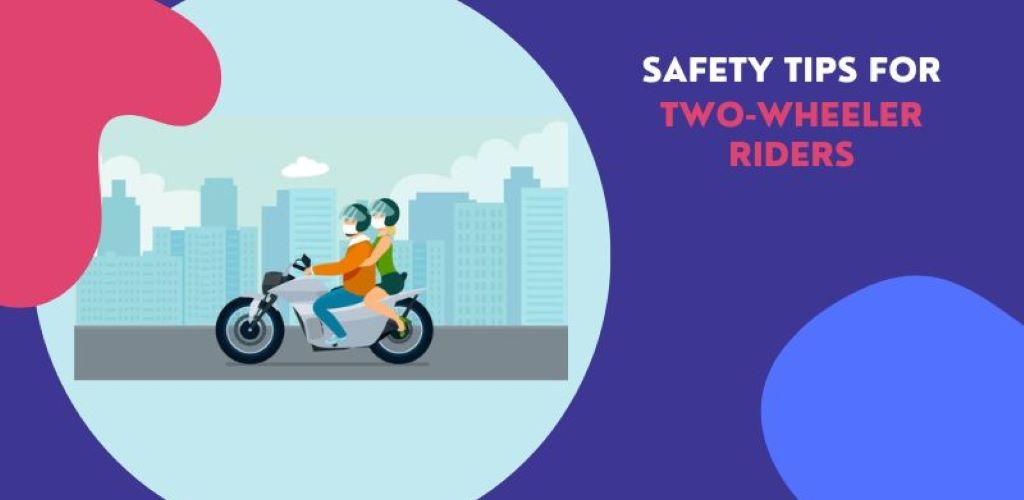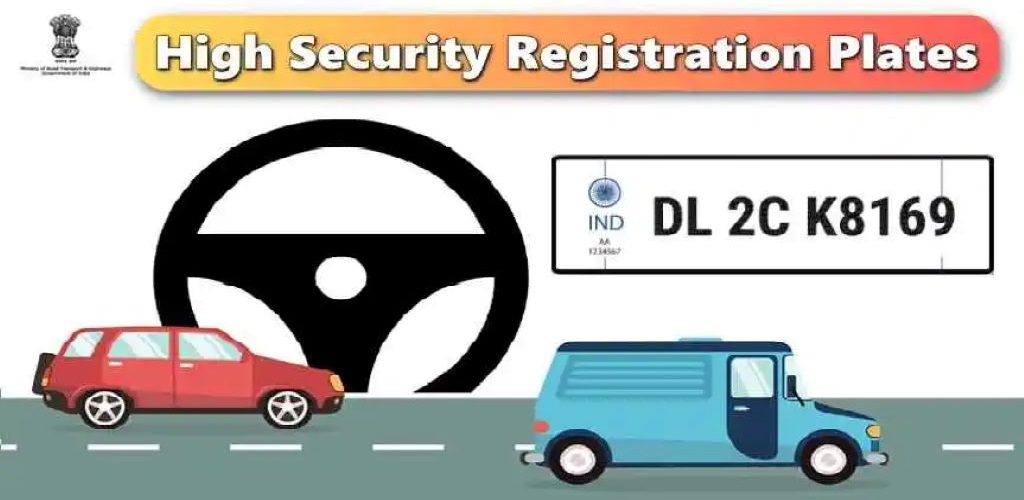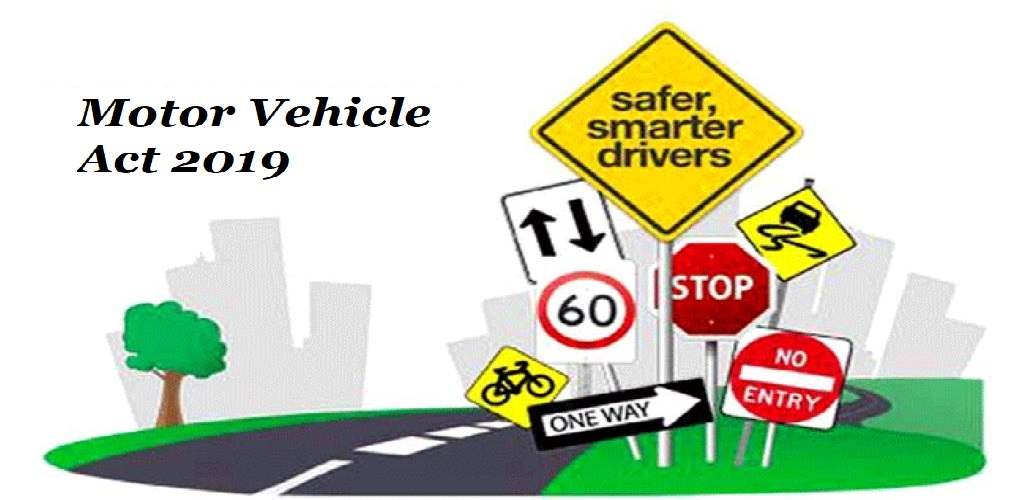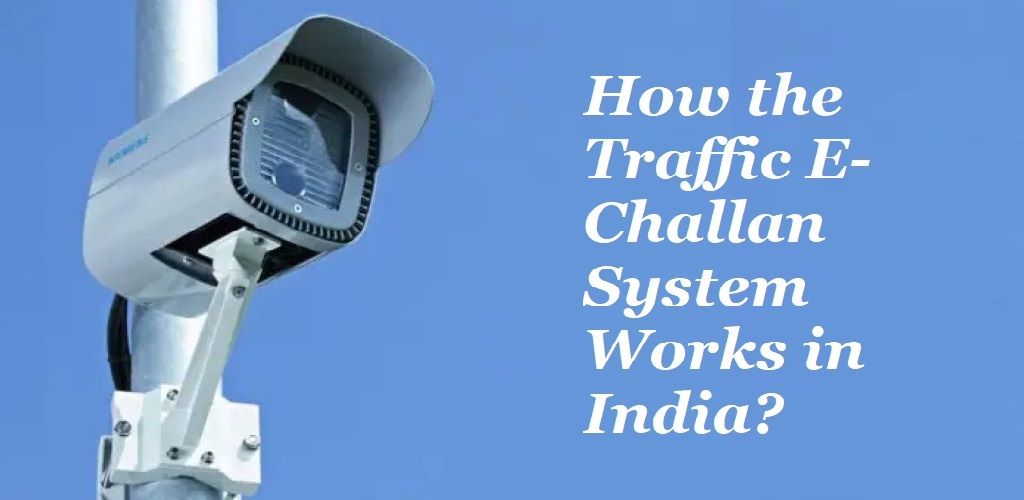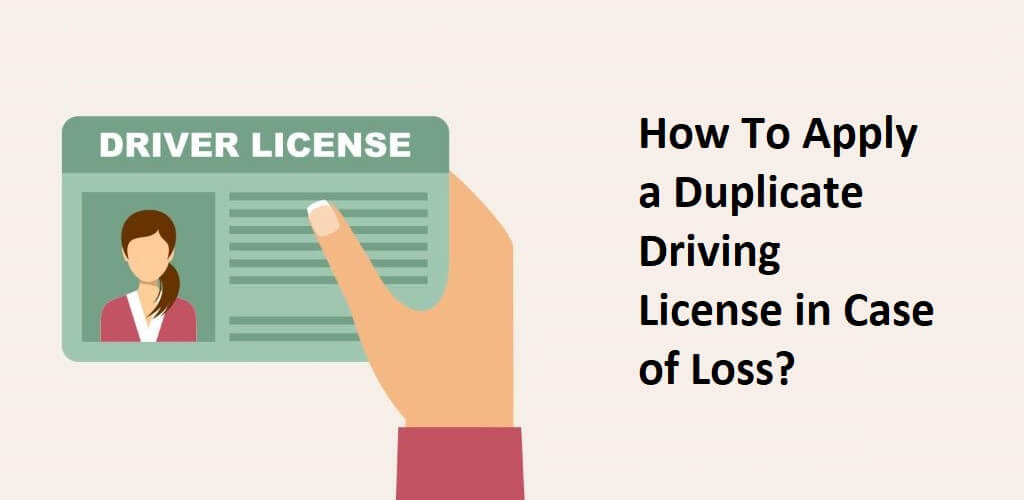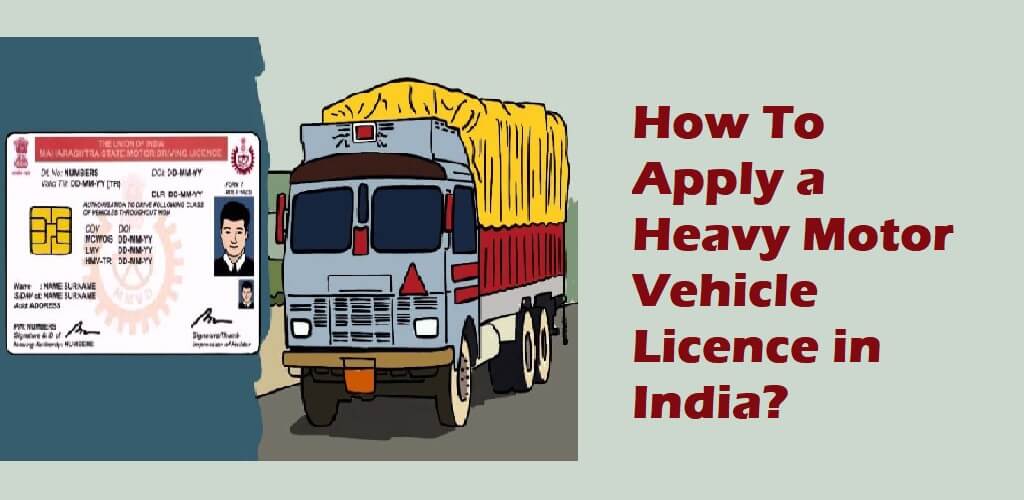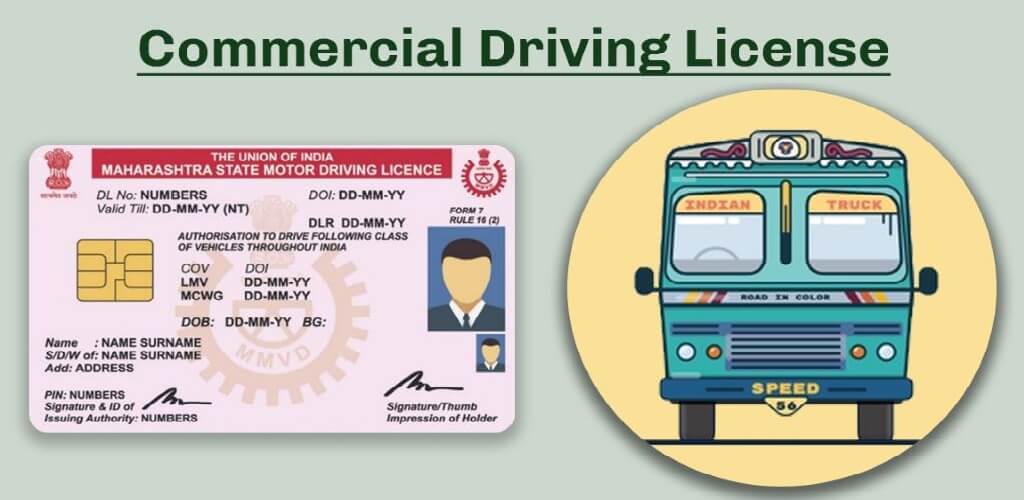Heading out on a two-wheeler gives one an adventurous and thrilling experience. However, the bitter truth is that it can be hazardous without the right safety measures in place. Two-wheeler riders are more vulnerable to severe accidental injuries due to many reasons, such as limited visibility, less stability, and high body exposure, to name a few.
As reported by ‘The Times of India’, around 44% of accident-related deaths in the country involved two-wheelers in the year 2022. Approximately, 75,000 bike riders lost their lives on Indian roads and around 32,800 pedestrians were killed during the same year.
Given statistics like these, it makes sense to prioritize safety when riding two-wheelers. Therefore, this post will highlight some important safety measures for riding two-wheelers and discuss a few traffic rules to ensure the riders can enjoy their rides safely.
Top Safety Measures To Follow While Riding A Two-Wheeler
Here are some top safety measures for two-wheeler riders:
1. Investing In Quality Helmet Matters:
Many two-wheeler owners and pillion riders tend to overlook one of the most crucial aspects of riding – ‘wearing a quality helmet’. It is advisable to choose a helmet with ISI certification to protect your head from potential severe injuries. Make sure that it covers your face, including the jaws, and safeguards your eyes from various elements like dust, wind, and rain.
Moreover, according to the Motor Vehicles Act of 1988 in India, all two-wheeler owners and pillion riders must wear a helmet while riding a bike or scooter. If riders fail to do so, it can result in a penalty of Rs. 2000 or a three-month suspension of their driving license, or both. Don’t take this rule as just a formality; it is an important step that has saved many lives on Indian roads.
2. Don’t Overlook Other Protective Gears:
Though wearing a helmet is of utmost importance, don’t ignore other protective gear while taking safety measures for riding a two-wheeler. When it’s cold or extremely windy, wear gloves and a jacket to prevent freezing. For longer rides, consider additional protective gear, such as elbow guards, knee pads, and sturdy shoes.
Try to dress in layers so that you can adjust to the changing weather conditions. If there’s a female rider, be cautious with dupattas or stoles to avoid them getting caught in the two-wheeler’s wheels, which could result in serious accidents.
3. Make Yourself Visible:
The majority of two-wheeler accidents happen because other drivers fail to notice the two-wheeler. No matter how big your bike is, it will appear smaller on roads. Therefore, the two-wheeler riders must enhance visibility for both themselves and their bikes, ensuring that other drivers can keep a safe distance.
This can be achieved by adding reflective bands to the helmet, choosing a brightly colored helmet, or using reflective bands on the sides and back of the two-wheeler. Wearing reflective or bright clothing is another safety measure for riding a two-wheeler. In particular, bike riders should also steer clear of the blind spots of larger vehicles like buses and trucks.
4. Inspect Your Bike Before Ride:
Before you head out for every ride, make sure to check your two-wheeler. It’s a smart practice to ensure safety. Pay attention to things like brakes, clutch, fuel, and mirror positions.
Check if your headlights, horns, turn signals, and tail lights are working properly. Additionally, regularly provide service to your two-wheeler at recognized service centers. The better your bike’s condition, the lower the risk of accidents or mishaps.
5. Choose A Two-Wheeler That You Can Handle:
There are a plethora of bikes and scooters to choose from in the Indian market. While fancy-looking bikes with powerful engines might be tempting for many people, it’s best to avoid them unless you are an experienced rider. Such bikes can reach high speeds quickly, leading to increased risks on the road.
Thus, select a two-wheeler that provides a comfortable ride, matches your physical strength, and fits your budget. If handling a motorcycle seems challenging, consider getting a light scooter, which is generally easier to ride and manage.
6. Consider Investing In A Comprehensive Two-Wheeler Policy:
While having a valid third-party bike insurance policy is a legal requirement for all two-wheeler owners on Indian roads, opting for a comprehensive two-wheeler insurance plan is a wiser investment.
This is because it not only protects against damages to third parties but also covers damages to your own bike due to accidents, natural disasters, theft, and more. In addition, many comprehensive policies provide personal accident cover, offering financial protection in case of injuries or death to the insured or the pillion rider.
7. Be Slow While Taking Turns:
Two-wheelers have a higher risk of tipping over at higher speeds, especially when making turns. Additionally, navigating sharp turns can be challenging for two-wheelers due to their lightweight. Hence, reducing speeding while taking turns is an important .
Riding at a slower speed allows the tires to maintain better traction with the road surface. This is essential for preventing skidding or sliding at road turns, especially when the road is slippery or uneven. It also provides the rider with increased reaction time. In case of unexpected obstacles or changes in road conditions during a turn, a slower speed allows the rider to respond quickly and make necessary adjustments.
8. Do Not Use Mobile Phones While Riding:
It’s best to give your phone a break while riding a two-wheeler. Operating a mobile phone can reduce the peripheral vision of the rider and divert his attention from the road. This can lead to distractions or loss of concentration, which can cause delayed reactions to sudden road changes, traffic signals, obstacles, and various other situations.
Nowadays, some helmets come with Bluetooth connectivity, allowing riders to answer calls or messages. Even if you have such helmets, it is recommended to avoid responding to calls or messages. No matter if you are not physically holding a mobile phone, it can still be distracting.
Traffic Rules That Two-Wheeler Riders Ought To Follow In India
Here are some important traffic rules that a two-wheeler owner or rider must follow while riding their vehicle on roads, otherwise they could be charged with hefty fines and punishments:
- Must have a valid driving license
- Must wear a helmet
- No drunk driving
- No triple riding or overloading of bike
- No riding without third-party insurance
- Must follow traffic signals
- No mobile phones
- Stick to the prescribed speed limits
- No rash driving
- Respect school zones
The Bottom Line
In conclusion, it is crucial for all two-wheeler owners to faithfully adhere to the mentioned tips and rules to ensure safety. However, this commitment to safety does not mean sacrificing the thrilling aspect of riding a two-wheeler.
The rules are simple when it comes to safety measures for riding two-wheelers: wear helmets, follow traffic rules, maintain your two-wheeler, and stay alert to ensure a safe ride. By prioritizing such measures, riders can protect themselves and contribute to a safe road environment for everyone else. Remember, safety is not just a rule but a responsible choice that ensures a smooth and protected journey on two wheels.

